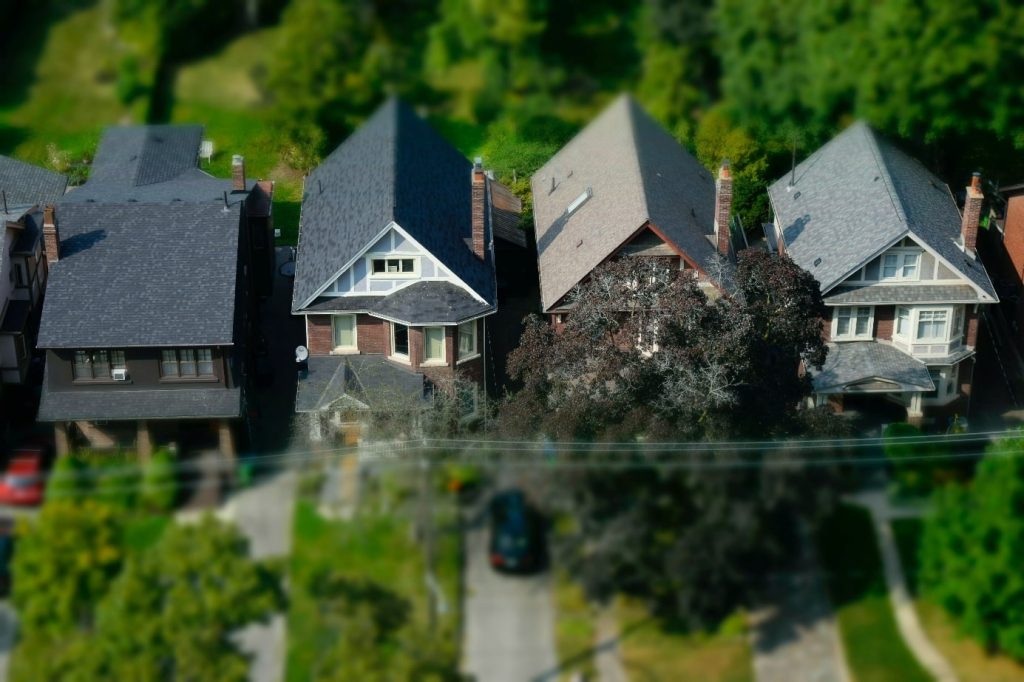There is no longer any need to prove that real estate is a safe haven. Indeed, whatever the crises that the country is going through, real estate remains a safe investment. This is particularly true for rental investment. But many questions arise: is it profitable? Should work be planned to ensure profitability? Should we favor rental investment in the old?
Summary
Is profitability still there?
Obviously, the objective of any investment, especially rental property investment, is to obtain maximum profitability.
What is rental yield?
To fully understand how to calculate the profitability of a rental investment, it is important to know what the rental yield is and what it is based on.
The term rental yield designates a barometer which makes it possible to assess the interest of a real estate investment. Particularly a rental property investment. Indeed, it defines the relationship between the amount of the investment and the share of annual rental income. This ratio is expressed as a percentage, and can also be called rental profitability or rental ratio.
The rental yield is therefore a crucial indicator to take into account before embarking on a rental investment. The goal of any investment being to obtain the greatest possible return on the initial investment, this indicator should not be neglected.
Calculating gross rental yield is very simple. It is the ratio between the receipts (ie the rents) and the amount invested, all multiplied by 100 to obtain a percentage.
Profitability in the old
First of all, it is important to remember that real estate is a safe investment. This is all the more true for old real estate. Indeed, old/historic neighborhoods are often highly sought after. Notably for their charms, but also for their locations.
Most old neighborhoods are located in city centers. These are therefore locations in high demand, which easily find tenants (there is therefore a low rental vacancy).
Old properties located in the city center therefore pose less risk. For new properties, it is often necessary to relocate to new districts (for lack of space in city centers), and it is difficult to know how these districts will evolve.
In addition, it should be noted that real estate investment in the old benefits from rather advantageous taxation. This increases its profitability. Thanks to various measures put in place by the government, it is possible to make significant savings on old properties, especially if they are intended for rental.
For old properties, it is also possible to benefit from a discount on purchase. The latter can rise between 7 and 15% compared to a new property in the same district. This can therefore make investing in the old one very profitable.
Read also: Why is it worth investing in an old house?
Where should you invest to obtain the highest return?

Unsurprisingly, the rental property investments offering the highest profitability are located in large cities. Indeed, large cities are very attractive, both in terms of jobs and various amenities.
It should also be noted that the cities offering the best profitability are those where rental demand is greater than supply, and where purchase prices are low. This is particularly the case in towns such as Roubaix, Béziers, or even Bourges, where the gross rental yield is around 10%.
It is good to know that the gross rental yield is on average 5.9% in France. But some cities like Paris, Bordeaux or Lyon have a yield of only 4 to 5%. This is explained by the fact that despite very strong rental demand, purchase prices are high.
Conversely, there are so-called “at risk” cities. This means that due to an “oversupply” it will not be possible to find tenants, or with great difficulty, and therefore the investment will not be profitable.
This is notably due to the Scellier law. Indeed, this law offers an interesting tax exemption for real estate investments. This therefore leads to a lot of investment, and therefore a lot of rental offers. However, the demand does not follow and the goods are therefore unprofitable.
This is the case of about sixty agglomerations located almost everywhere in France. There are for example Poitiers, Dijon, Besançon, Roanne, Bergerac, Lorient, etc.
Do renovations have to be carried out to increase profitability?
The question of works is a central question when choosing the investment in the old. Indeed, the standards for energy expenditure have changed, so some renovation work may be mandatory.
In addition, carrying out this work will only increase the profitability of the property. Most people looking to rent a property don’t want the hassle of major renovations. It will therefore be easier for you to rent a renovated property than a property to be renovated.
In addition, buying a property to renovate generally costs less to buy. There are also now various schemes for benefiting from aid for the renovation of old properties.
It should also be noted that under the real regime, all renovation costs, as well as the interest on the loan used to make them, are fully deductible from rents. This can increase the rate of return on the investment by 15 to 20%.
It must be taken into account that rental property investment is a long-term project. However, investing in the old offers significant advantages.
Read also: Buying an old house: what to watch out for?




